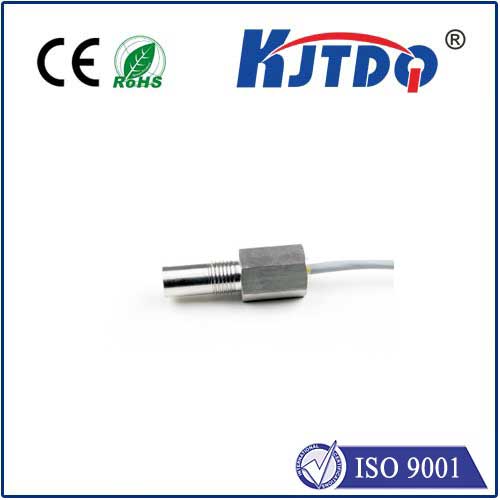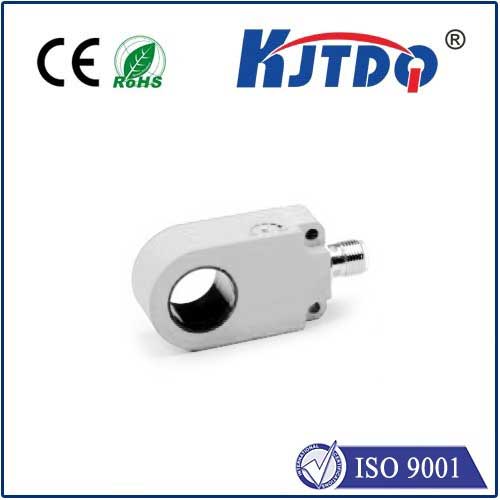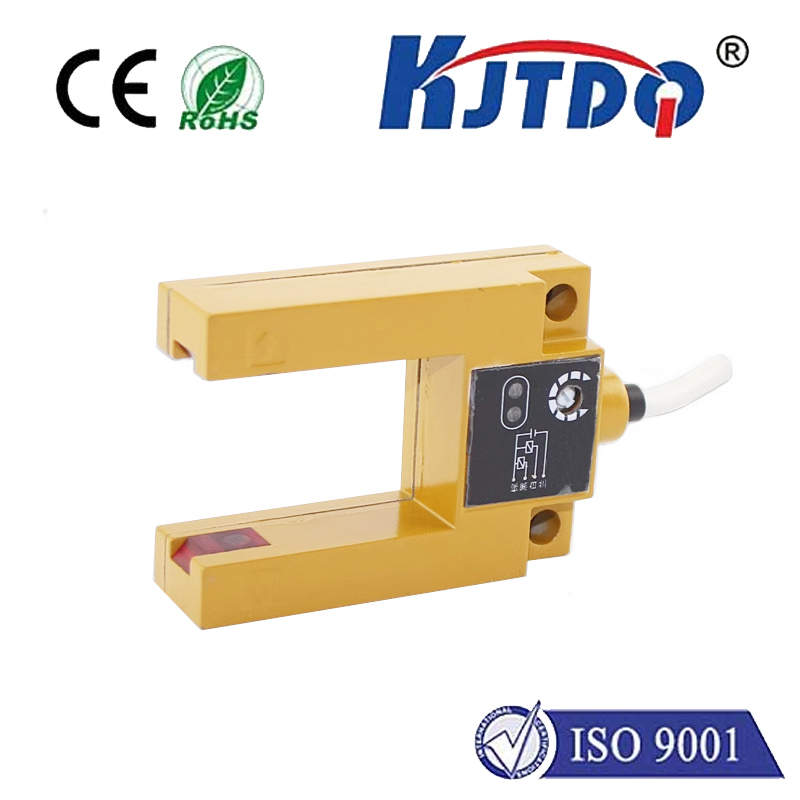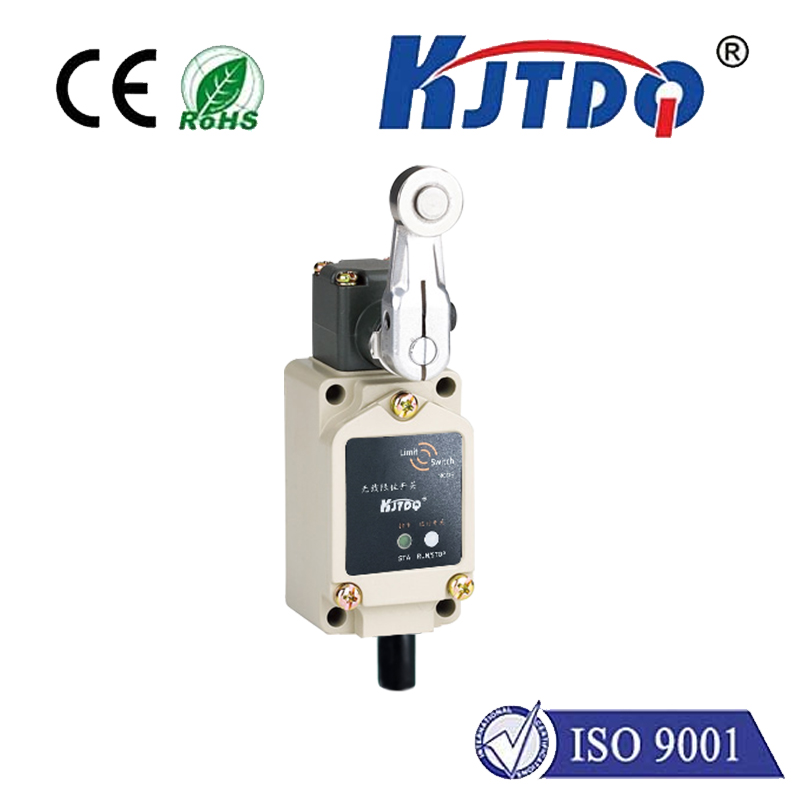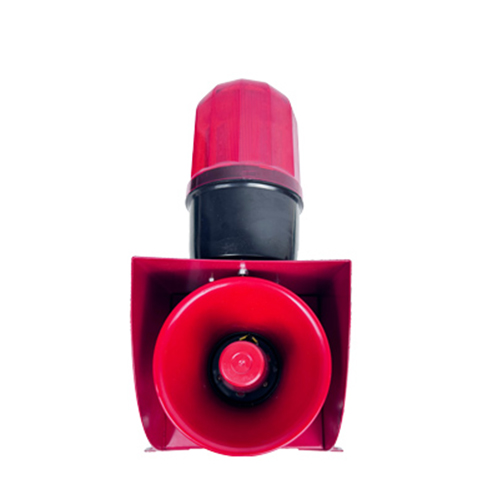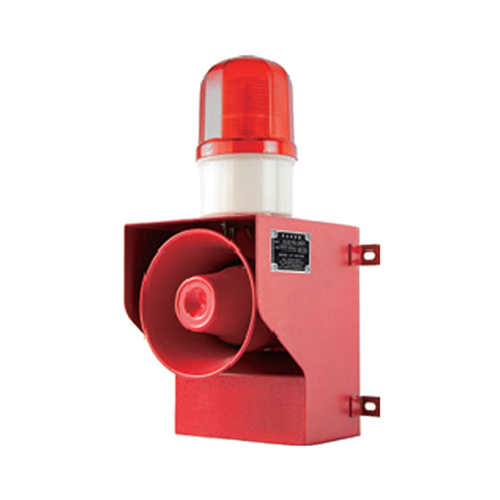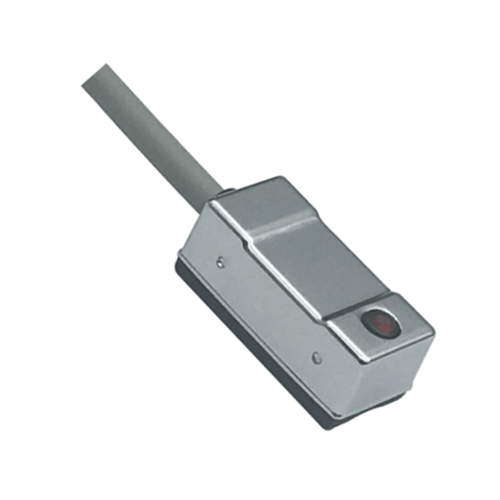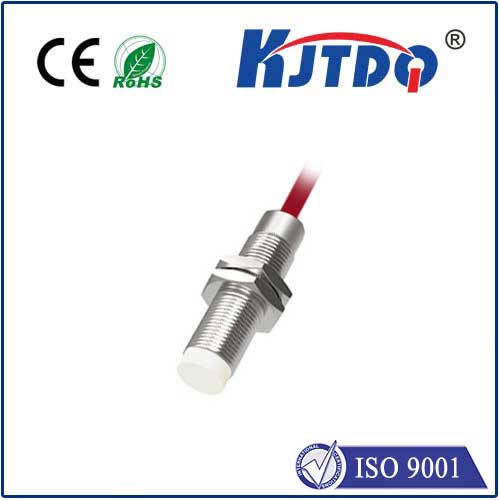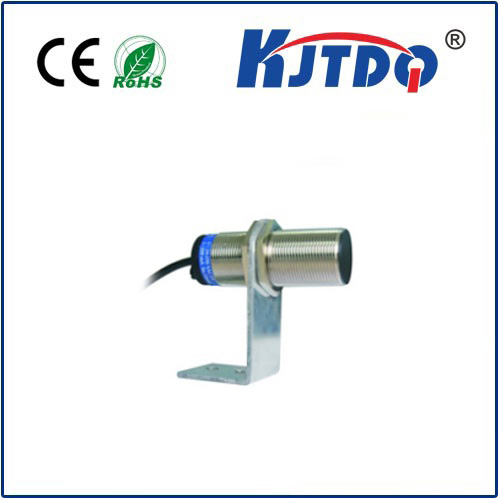distance sensor types
- time:2025-06-15 02:54:43
- Нажмите:0
Distance Sensor Technologies: Choosing the Right Tool for Accurate Ranging
Imagine a device that can see distance, not with eyes, but with sound, light, or radio waves. These unassuming components are the silent workhorses powering countless innovations around us. From ensuring your car parks safely to enabling warehouse robots to navigate, optimizing industrial processes, and even bringing smartphone photography into focus, distance sensors are fundamental to modern automation and interaction. Understanding the diverse types of distance sensors available, their underlying principles, strengths, limitations, and ideal applications is crucial for engineers, designers, and tech enthusiasts alike. This guide delves into the most common distance measurement technologies, empowering you to select the perfect sensor for your specific challenge.
Why Distance Sensing Matters
In an increasingly automated world, machines need to perceive their environment. Distance sensing provides critical spatial awareness, enabling:

- Collision Avoidance: Essential for drones, robots, AGVs (Automated Guided Vehicles), and automotive safety systems (e.g., parking sensors, Automatic Emergency Braking - AEB).
- Object Detection & Presence Sensing: Detecting parts on an assembly line, verifying bin levels, or triggering automatic doors.
- Precise Position Control: Ensuring robotic arms move accurately in manufacturing or guiding CNC machines.
- Level Monitoring: Measuring liquid levels in tanks or solid materials in silos.
- Gesture Recognition & Interactive Systems: Powering touchless interfaces in consumer electronics and public kiosks.
- 3D Mapping & Modeling: Constructing digital representations of physical spaces (e.g., with LiDAR).
- Autofocus Enhancement: Helping cameras achieve sharp focus quickly.
Decoding Common Distance Sensor Types
1. Ultrasonic Sensors: Sound Waves for Versatility
- Principle: Emit high-frequency sound pulses and measure the time-of-flight (ToF) for the echo to return. Distance is calculated using the speed of sound.
- Strengths:
- Relatively low cost.
- Effective on a wide variety of materials (liquids, solids, granular), regardless of color or optical properties.
- Robust performance in challenging environments like dust, fog, or smoke (where optical sensors struggle).
- Simple to interface and implement.
- Moderate range capabilities (typically centimeters to several meters).
- Limitations:
- Can be affected by temperature and humidity (as speed of sound changes).
- Sensitive to soft, sound-absorbing materials (e.g., cloth).
- Potential for crosstalk if multiple sensors operate nearby.
- Relatively slow response times compared to optical sensors.
- Usually provides lower resolution than laser/LiDAR.
- Typical Applications: Parking sensors, tank level monitoring, object detection on conveyors, presence detection, basic robotics navigation.
2. Infrared (IR) Proximity / Distance Sensors
- Principle: Utilize infrared light. Simple proximity sensors often work on intensity reflection – the amount of IR light bounced back indicates proximity, but not always precise distance. More sophisticated IR Time-of-Flight (ToF) sensors actively measure flight time for precise ranging.
- Strengths:
- Very compact size, easily integrated into small devices (like smartphones).
- Low power consumption.
- Fast response time (especially ToF variants).
- Cost-effective for proximity detection.
- Limitations:
- Simple intensity-based sensors are highly sensitive to object color, reflectivity, and ambient light interference – poor for accurate measurement.
- Performance significantly degraded by direct sunlight or other bright IR sources.
- Limited range, especially for intensity-based types.
- Affected by transparent objects or materials that absorb IR.
- Typical Applications: Smartphone proximity detection (turning screen off during calls), simple touchless switches (faucets, soap dispensers), basic obstacle avoidance in toys/robots, paper detection in printers, IR ToF for short-range gesture control or focus assist.
3. Laser Distance Sensors (Laser Rangefinders / LiDAR Point Sensors)
- Principle: Emit a focused laser beam and measure distance primarily using Time-of-Flight (ToF) (measuring pulse return time) or, less commonly for distance sensors, triangulation (measuring reflected spot position on a sensor).
- Strengths:
- Exceptional accuracy and resolution, down to sub-millimeter levels.
- Long range capabilities possible (hundreds of meters or even kilometers for surveying).
- Small, highly visible measurement spot.
- High measurement speed.
- Excellent performance on most solid objects regardless of ambient light.
- Limitations:
- Higher cost than ultrasonic or basic IR.
- Laser safety considerations (Class requirements).
- Performance can be reduced by highly reflective surfaces (causing saturation) or very dark, non-reflective surfaces.
- Triangulation types require specific mounting geometry and have limited range.
- Affected by heavy fog, smoke, or dust, though some industrial types are more robust.
- Typical Applications: Industrial automation (position control, dimensional gauging), surveying and construction, robotics navigation and mapping, crane collision avoidance, level monitoring in challenging environments, high-precision applications. (Note: LiDAR often refers to scanning systems that create 3D point clouds; single-point laser rangefinders are the focus here).
4. Time-of-Flight (ToF) Sensors (Optical)
- Principle: A specific method, often implemented using IR or laser light. Measures the precise time it takes for a modulated light pulse to travel to the target and back. This method can be used by IR and Laser sensors.
- Strengths: (As a measurement principle applied via light)
- High accuracy and speed.
- Capable of measuring multiple points or even creating simple depth maps (as in ToF cameras).
- Good immunity to ambient light with proper modulation techniques.
- Can achieve reasonable range depending on light source power.
- Limitations: (Similar to IR/Laser)
- Performance can be impacted by extreme reflectivity or absorption.
- Requires a clear line of sight.
- More complex signal processing than simple intensity sensors.
- Affected by fog/dust.
- Typical Applications: Often integrated as the core principle in modern IR distance sensors or laser rangefinders. Used in gesture recognition, robotics, AR/VR tracking, occupancy sensing, and mobile device camera autofocus systems.
5. Photoelectric Sensors (Distance Measurement via Triangulation)
- Principle: Utilize triangulation. An emitter (IR LED or laser) projects a light spot onto the target. A position-sensitive detector (PSD) or linear sensor array observes the spot’s location. As the target distance changes, the reflected spot shifts position on the detector. The shift correlates directly to distance.
- Strengths:
- High accuracy, especially at shorter ranges.
- Small measurement spot.
- Inherently immune to target color and reflectivity variations – measures position, not intensity.
- Fast response.
- Limitations:
- Requires a specific, fixed geometry between emitter, detector, and target.
- Limited measurement range compared to ToF laser sensors.
- Performance dependent on maintaining a clear line of sight

